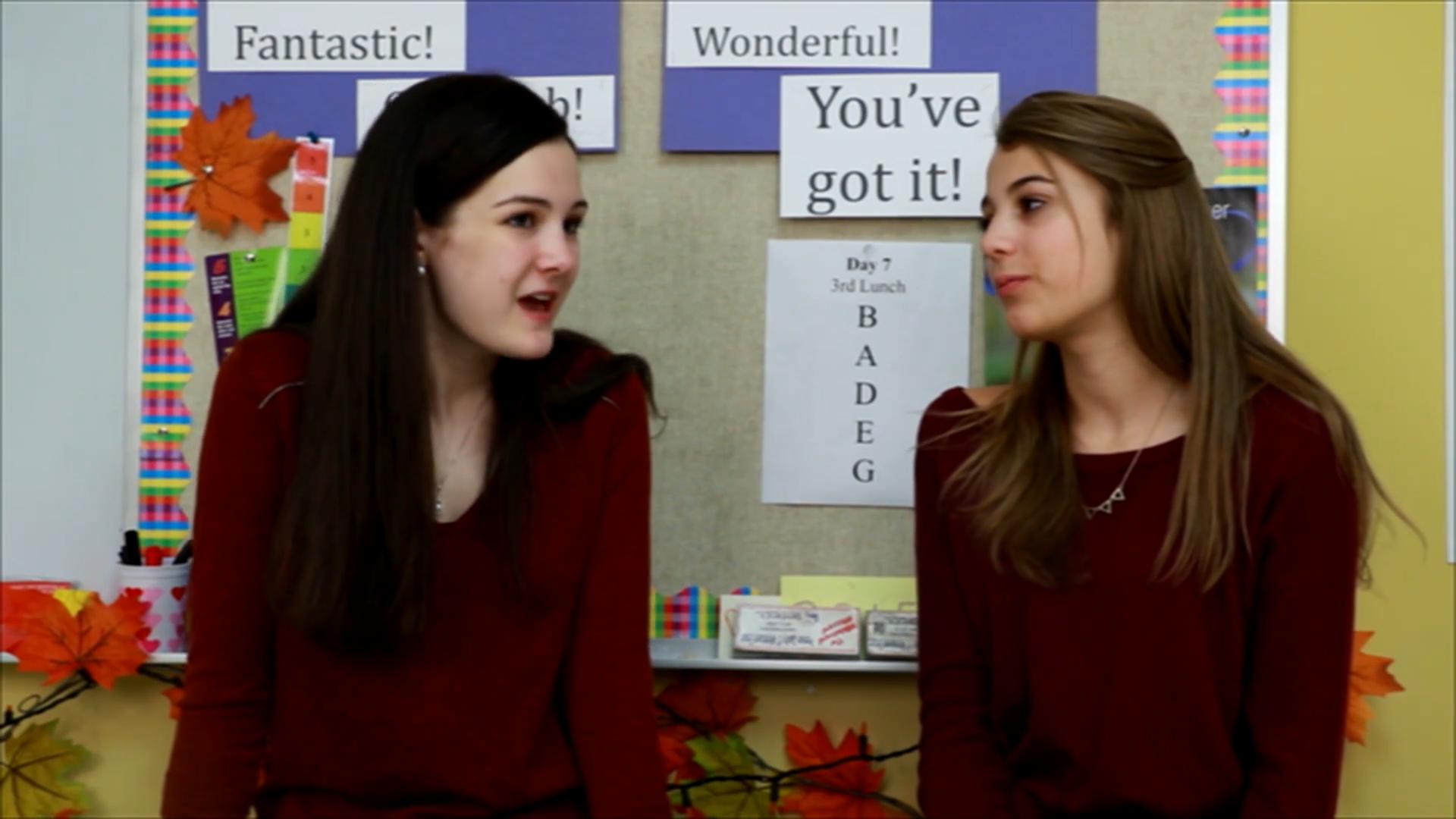Introduction
Adaptability and flexibility are essential skills for children to develop as they navigate through life. These skills enable them to cope with changes, manage stress, and build healthy relationships. In this blog post, we will discuss a no-prep activity for educators to teach adaptability and flexibility to elementary students, followed by discussion questions, related skills, and next steps to further support their Social-Emotional Learning journey.
No-Prep Activity: The Adaptability Shuffle
This activity requires no preparation or materials and can be easily implemented in a classroom setting. The goal of the Adaptability Shuffle is to help students understand the importance of being adaptable and flexible when faced with unexpected changes.
- Have the students form a circle, standing at an arm’s length from each other.
- Explain to the students that they will be moving around the circle in a clockwise direction while following your instructions.
- Begin by guiding the students to walk slowly around the circle. Then, occasionally call out different actions or changes, such as “hop on one foot,” “skip,” or “change direction.”
- Encourage the students to adapt to the new instructions quickly and without hesitation.
- After a few rounds, stop the activity and ask the students to share their experiences and feelings about adapting to the changes.
Discussion Questions
After completing the Adaptability Shuffle, engage the students in a discussion by asking the following questions:
- How did you feel when the instructions changed unexpectedly?
- Why is it important to be adaptable and flexible in different situations?
- Can you think of a time when you had to adapt to a change in your life? How did you handle it?
- How can being adaptable and flexible help you in your relationships with friends and family?
- What are some strategies you can use to become more adaptable and flexible in the future?
Related Skills
Teaching adaptability and flexibility to students can also help them develop other important skills, such as:
- Problem-solving: Being adaptable and flexible allows students to think critically and find solutions to challenges.
- Resilience: Developing adaptability and flexibility can help students bounce back from setbacks and cope with stress.
- Communication: Adaptable and flexible students can more effectively navigate social situations and express their thoughts and feelings.
- Empathy: Understanding the importance of adaptability and flexibility can help students put themselves in others’ shoes and be more compassionate.
Next Steps
Encouraging adaptability and flexibility in elementary students contributes to their overall Social-Emotional Learning and helps them build strong relationships with peers and adults. To further support your students’ development in these areas, consider signing up for free sample materials at Everyday Speech. You’ll gain access to valuable resources and tools designed to enhance your students’ Social-Emotional Learning journey.






